10 Wedding Dress Trends Brides Are Regretting in 2025
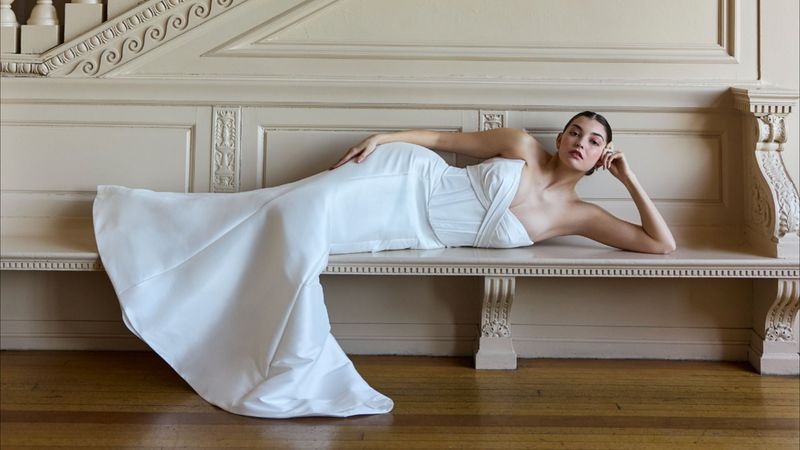
Your wedding dress should be a treasured memory, not a source of regret when you look back at photos. As 2025 unfolds, many brides are expressing second thoughts about certain styles they chose for their big day. From uncomfortable designs to trends that aged poorly, these fashion missteps are teaching future brides valuable lessons about balancing trendy with timeless.
1. Feather Embellishments That Shed Everywhere
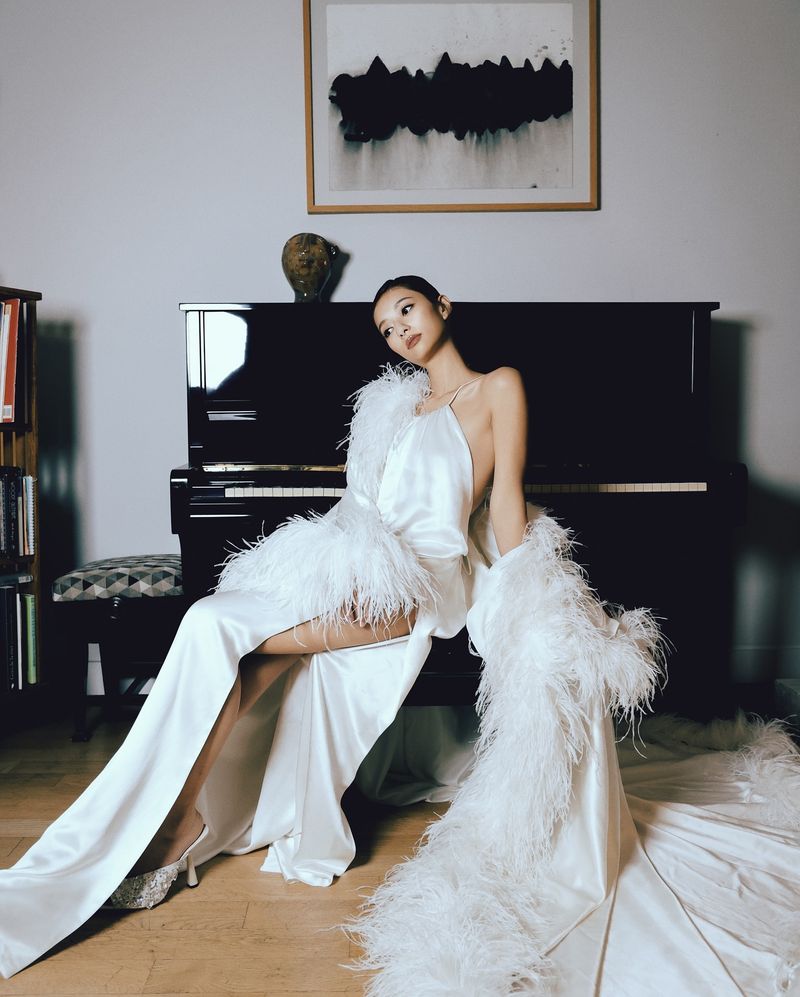
The flutter of feathers added whimsy and texture to wedding gowns, but the reality wasn’t so magical. Brides report trails of white fluff following them throughout their special day, with feathers clinging to everything from the cake to the groom’s suit.
By reception time, many feather-adorned dresses looked noticeably patchy, with gaps where plumage had fallen out. The constant maintenance required attention that brides would rather have directed toward enjoying their celebration.
And those close-up photos? Often marred by stray feathers that photographer had to edit out at additional cost.
2. Minimalist Gowns That Underwhelm
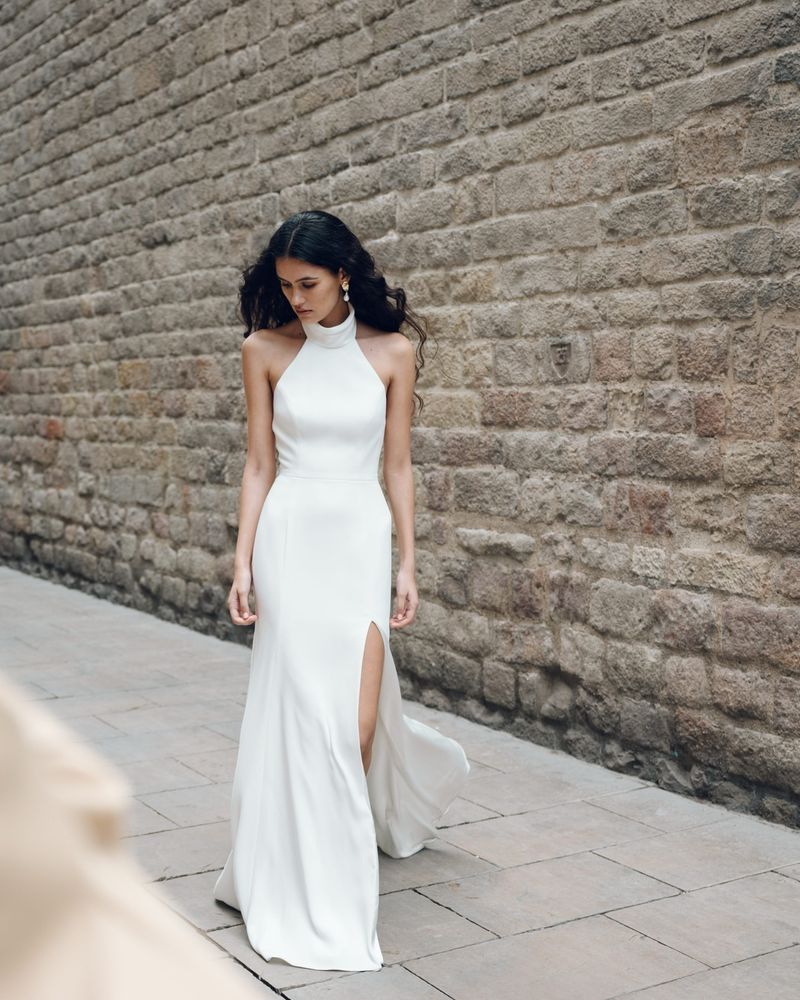
Remember when ‘less is more’ was the mantra of bridal fashion? Turns out, many brides who embraced ultra-minimalist gowns now feel their dresses lacked personality and special touches.
The clean lines and absence of embellishment that seemed so modern in bridal salons often translated to ‘plain’ in wedding albums. Without some thoughtful details, these dresses disappeared into the background rather than making a statement.
Many 2023-2024 brides admit they wish they’d incorporated just a few meaningful embellishments or texture elements to make their minimalist gowns more memorable and distinctly theirs.
3. Over-the-Top Ruffles Creating Cake Topper Vibes
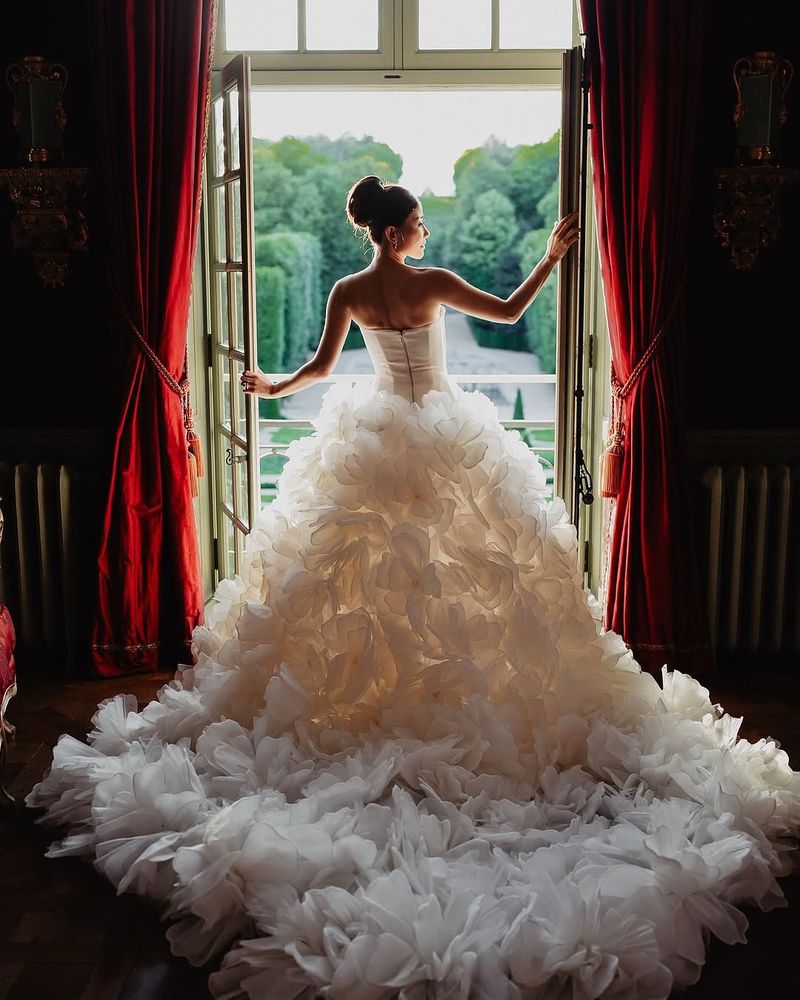
What seemed dramatic and high-fashion on Pinterest quickly became overwhelming in reality. Brides who chose gowns with massive, cascading ruffles found themselves feeling more like dessert decorations than elegant newlyweds.
The volume of fabric often created mobility nightmares during the reception. Dancing became a workout, sitting was nearly impossible, and navigating between tables turned into an obstacle course that required bridesmaids’ assistance.
Many women report that their ruffle-heavy dresses dominated photos, drawing attention away from their faces and creating a bottom-heavy silhouette they now wish they’d avoided.
4. Exaggerated Puff Sleeves Reminiscent of Costume Parties
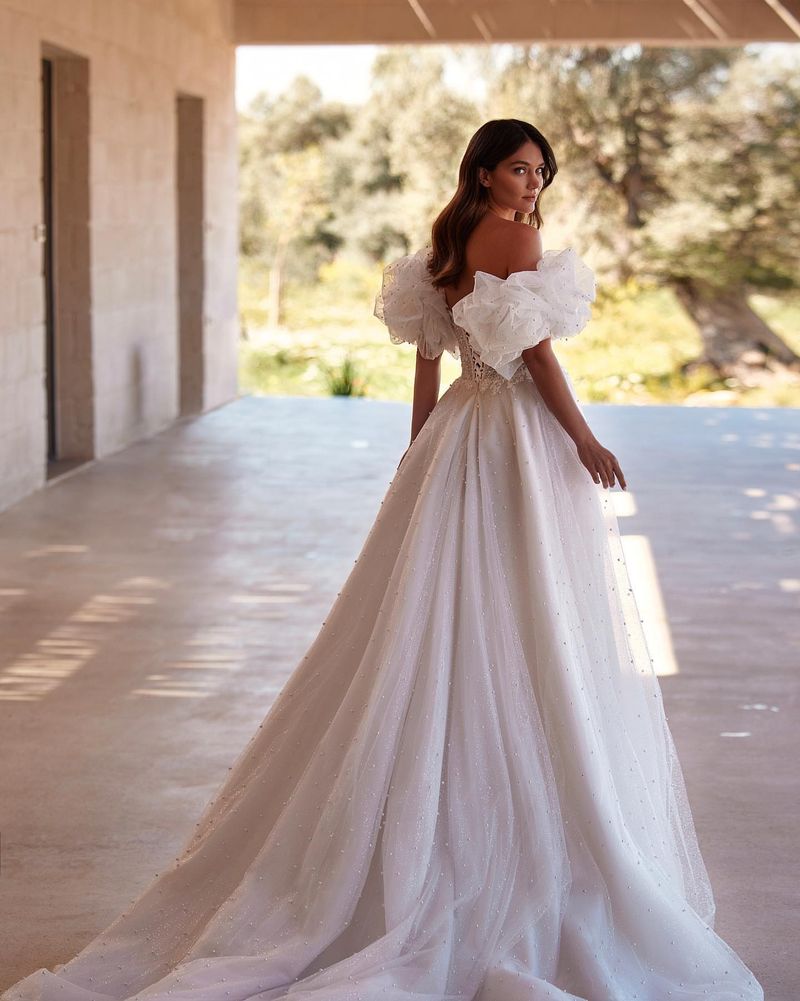
The romantic renaissance-inspired puff sleeves that dominated runways quickly transformed from fashion-forward to fancy dress in real wedding settings. Many brides report feeling like they stepped out of a period drama rather than their own celebration.
The voluminous sleeves created practical problems too. They restricted arm movement during important moments like the first dance and bouquet toss, and frequently appeared deflated in later reception photos.
As wedding albums come back, brides are noticing how these statement sleeves date the photos instantly, making what should be timeless images feel like fashion experiments from a specific era.
5. Painful Corset Tops With Excessive Boning
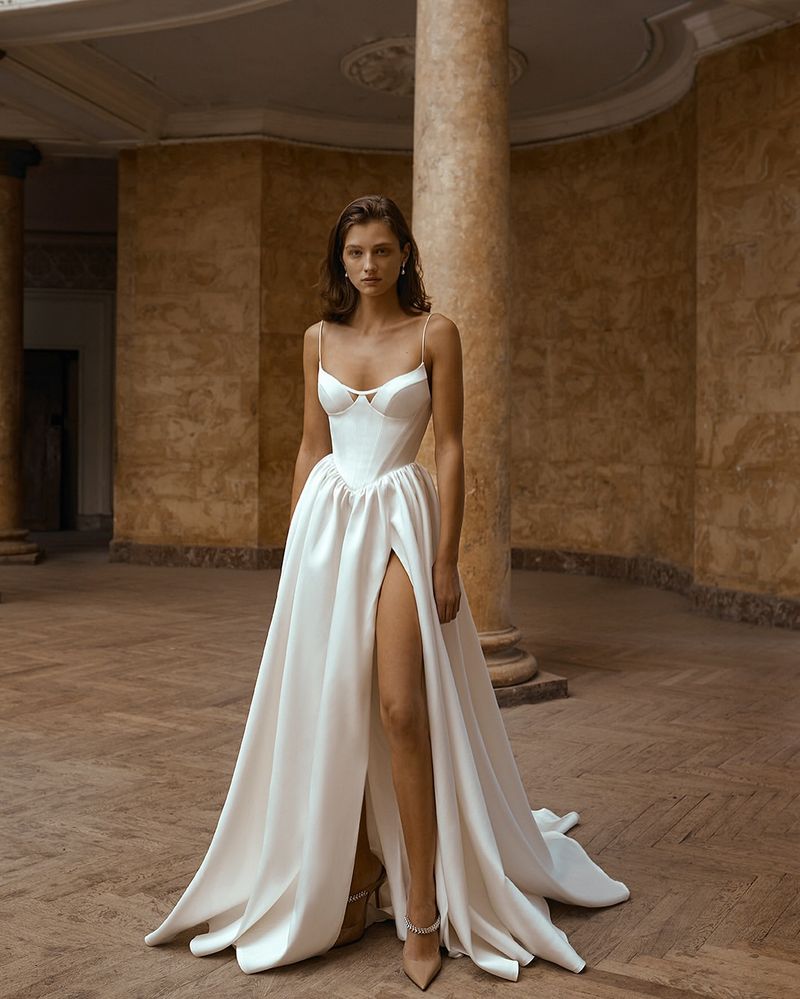
The structured corset look promised an hourglass figure but delivered hours of discomfort instead. Brides who chose heavily boned corset bodices report being unable to sit, eat, or breathe properly throughout their celebrations.
The rigid structure created unflattering lines and indentations visible in photography, particularly in candid shots. Many women confess they ended up changing into backup dresses midway through receptions just to enjoy their own parties.
The worst offenders? Corsets with plastic boning that warped with body heat, creating strange bumps and protrusions that showed through the fabric in photos.
6. Non-Traditional Colors That Photographed Poorly
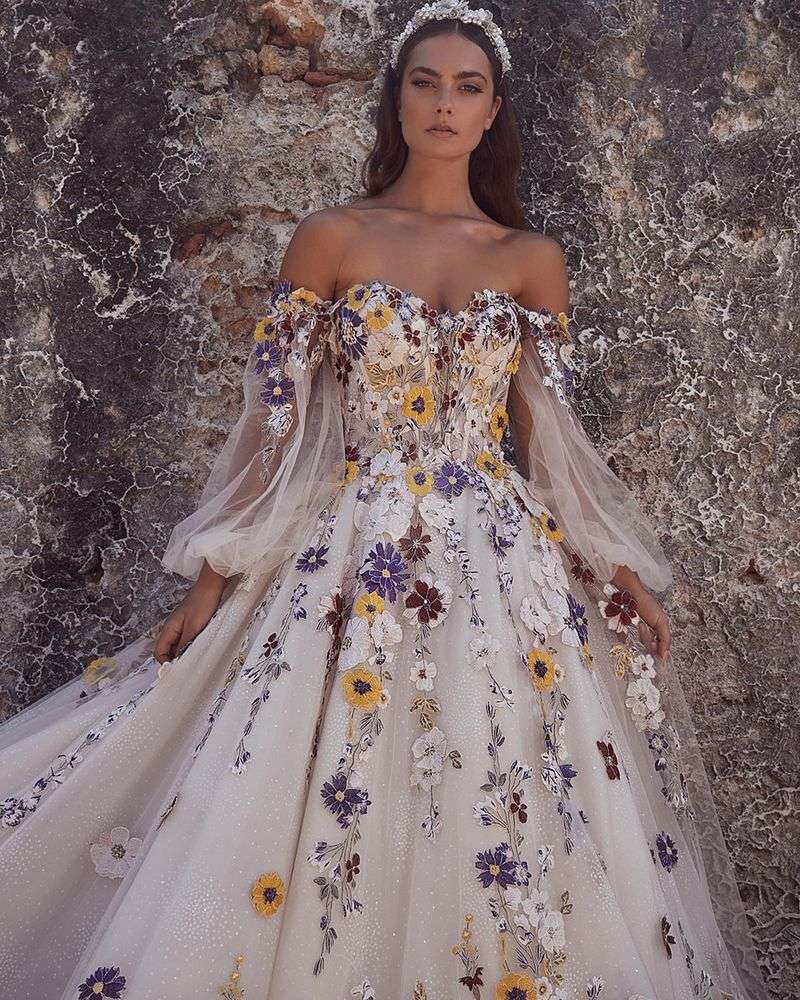
Champagne, blush, and gray gowns seemed sophisticated and unique in the boutique. Under professional photography lighting, however, these subtle hues often appeared washed out or muddied, losing their distinctive charm.
Many brides report that their carefully chosen colored gowns appeared almost dirty in outdoor settings or clashed unexpectedly with venue decor. The soft colors that looked romantic in person frequently read as dingy or yellowed in wedding albums.
The biggest regret? How these non-traditional shades created unintentional contrast issues with white veils, bridesmaids’ dresses, and the groom’s attire, making group photos look uncoordinated.
7. Ultra-Long Trains Creating Mobility Nightmares
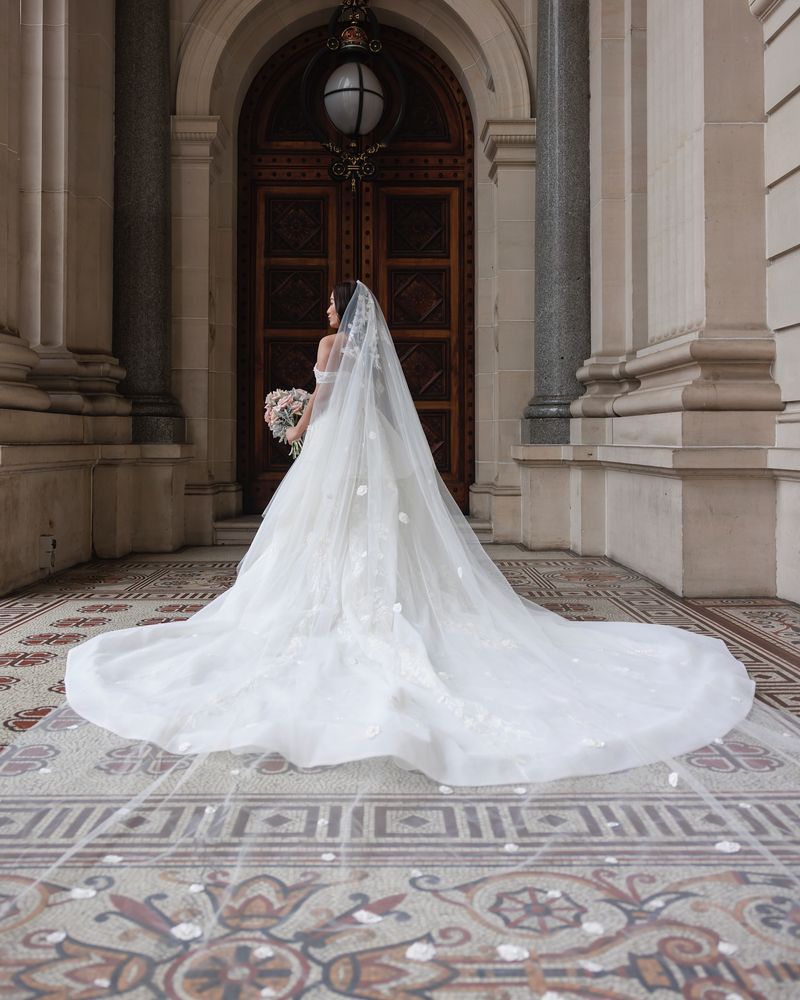
The dramatic cathedral-length trains that promised red-carpet glamour quickly became logistical nightmares. Brides report spending their entire reception managing yards of fabric rather than celebrating with loved ones.
Even with bustling, these excessive trains collected dirt, spilled drinks, and footprints throughout the event. Many women confess feeling tethered to one spot, unable to move freely without assistance from bridesmaids who became full-time train handlers.
The reality check came during venue changes or outdoor portions, where managing these fabric extensions became so burdensome that some brides resorted to carrying bundles of expensive fabric in their arms.
8. Trendy Necklines That Limited Comfort

Square necklines and ultra-deep V-cuts dominated bridal fashion, but many women now admit these stylish elements caused unexpected discomfort. The rigid square shapes restricted movement and created constant readjustment needs throughout the celebration.
Deep plunging necklines that looked sultry in fitting rooms often created anxiety during real wedding moments. Brides report spending their special day worried about wardrobe malfunctions rather than being present for meaningful moments.
The photographs tell the story too – many women mention how self-conscious they appear in candids, constantly checking their necklines instead of relaxing and enjoying their celebrations.
9. High-Low Hems That Now Look Dated
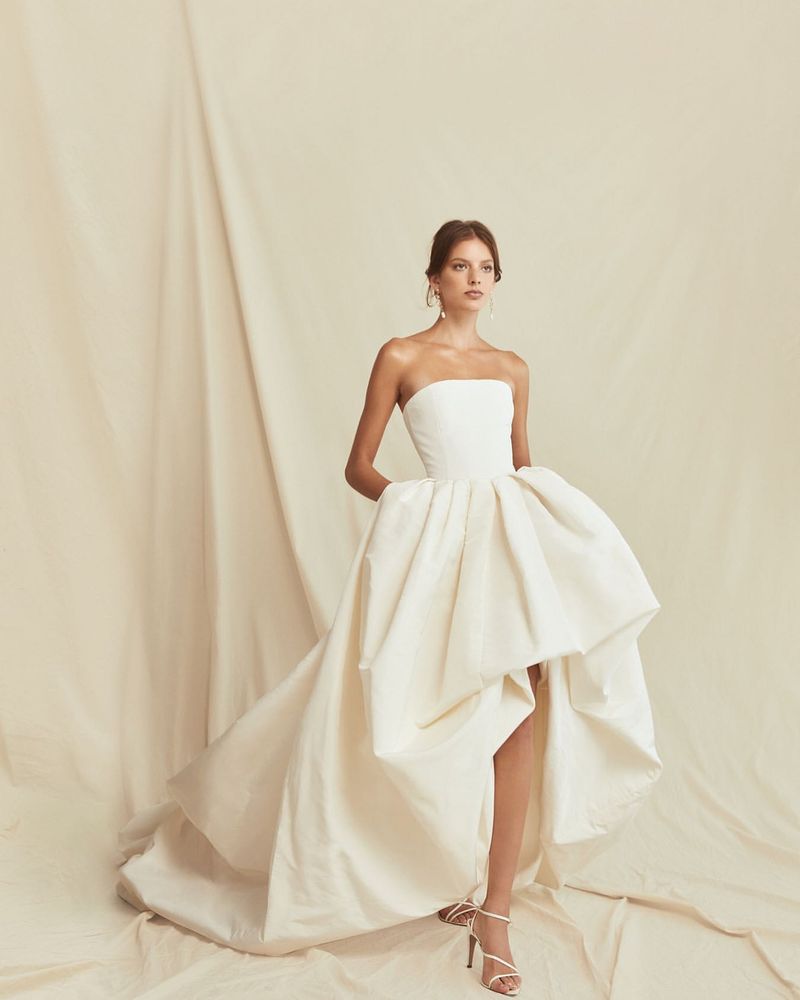
The high-low hemline trend promised the best of both worlds – formal in back, fun in front. In reality, these asymmetrical designs now stand out as the most visibly dated element in wedding albums.
Brides report that the mullet-like silhouette created awkward proportions in full-length photos and made coordinating accessories unnecessarily complicated. The trend’s distinctive time-stamp quality means these dresses immediately reveal their era, unlike more classic silhouettes.
The practical challenges surprised many too – uneven hems caught on heels, collected dirt unevenly, and created unflattering shadows in professional photographs taken from certain angles.
10. Sheer Everything Leading to Overexposure
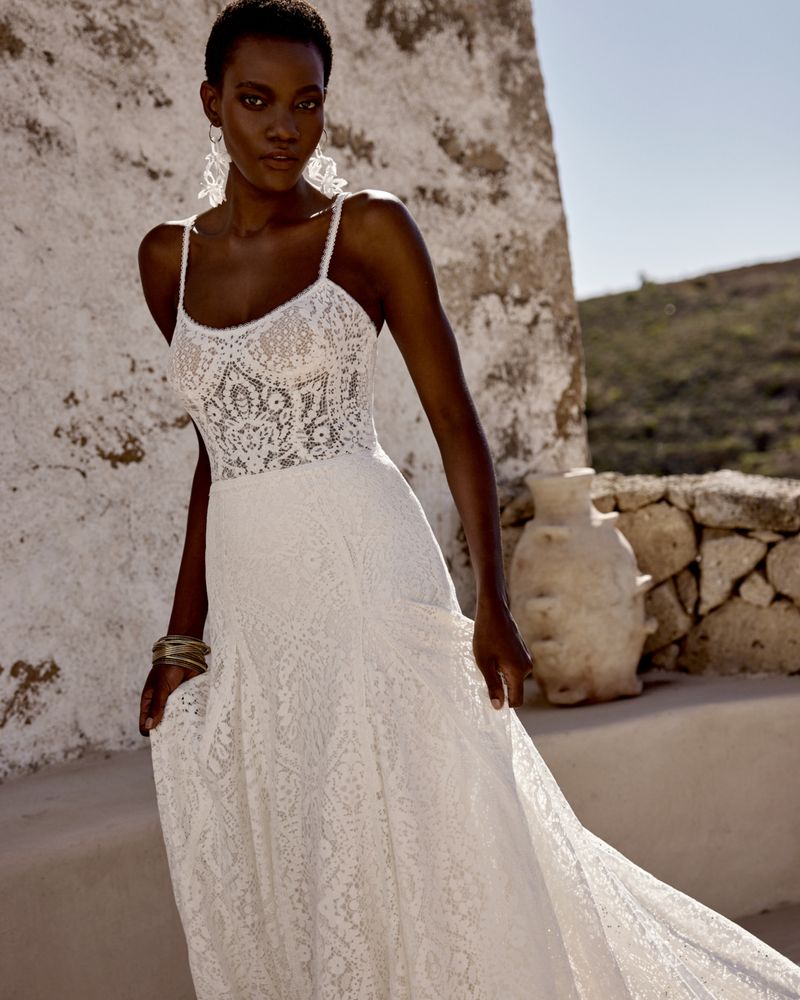
The “naked dress” trend took bridal fashion by storm, with transparent bodices, see-through skirts, and illusion fabrics promising sexy sophistication. The reality? Many brides now cringe seeing how much they revealed in front of grandparents, in-laws, and colleagues.
What looked artfully sheer in designer showrooms often photographed more explicitly than expected under various lighting conditions. Several women report feeling uncomfortable throughout their ceremonies when they realized how transparent their gowns appeared in daylight.
The biggest complaint involves family reactions – uncomfortable glances and the realization that these revealing gowns will feature in family albums for generations to come.

Comments
Loading…